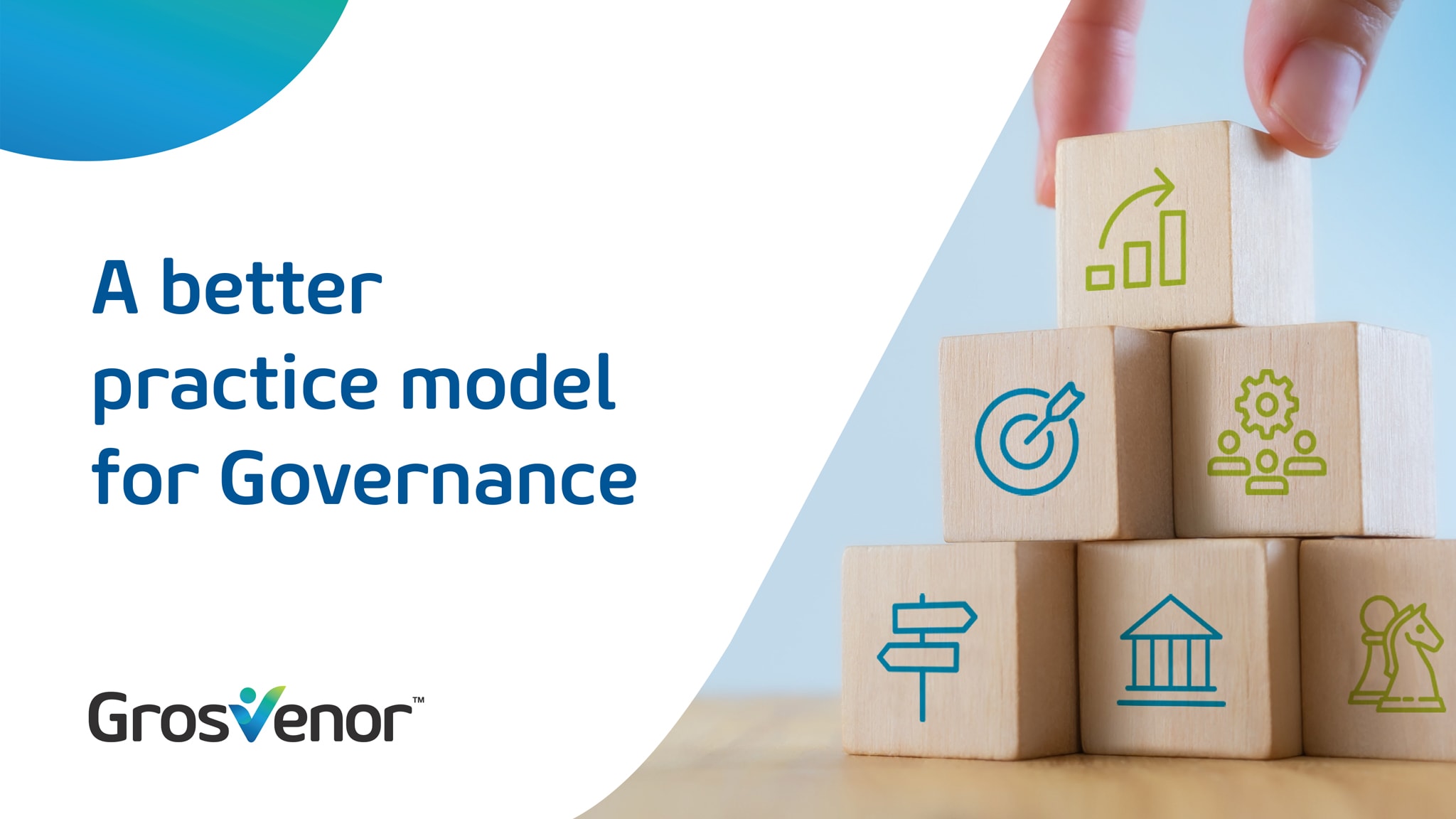AI in the public sector – 5 benefits and 5 limitations

There has been much debate and investigation into the use of AI in the public sector. While there are significant potential benefits of AI for the public sector, there is also a need to proceed with caution where human judgement cannot be replicated (at this point in time) and where there is a lack of quality data.
AI will potentially benefit the public sector by:
- Improving service delivery: AI can help streamline public service delivery, making it faster and more efficient. For example, chatbots powered by AI can be used to answer simple questions from citizens, freeing up staff to handle more complex queries.
- Enhancing decision-making: AI can help decision-makers in the public sector to make better, data-driven decisions. For example, AI algorithms can be used to analyze large volumes of data and identify patterns and trends that can be used for predictive decision-making and early intervention.
- Increasing efficiency: AI can be used to automate many routine tasks in the public sector, freeing up staff to focus on more complex and high-value work. For example, AI can be used to automate data entry, document processing, and other administrative tasks.
- Reducing costs: AI can help reduce costs in the public sector by increasing efficiency and reducing the need for staff to perform repetitive and time-consuming tasks.
- Increased transparency and accountability: AI can help increase transparency and accountability in the public sector by providing real-time access to data and analytics. This can help improve public trust and confidence in government, and ensure that public sector organizations are held accountable for their actions.
However, it is important to ensure that these technologies are used in a responsible and ethical way, and that they do not result in unintended consequences such as bias or discrimination (or widespread error). There are some areas where AI just cannot provide effective solutions.
AI limitations in the public sector include:
- Decision-making that requires human complex problem solving and judgement: While AI can work with data, it cannot (at this point) fully replicate the ingenuity of human beings – the quality thinking behind the solutions.
- Collaboration: AI cannot collaborate effectively across multiple data sources.
- Situations where there is limited data or the data is not fit for purpose: AI relies heavily on data, so if there is limited data available or the data is not fit for purpose, the output of the AI system may not be accurate or fair.
- Building trust with citizens: AI systems may lack the ability to build trust and establish relationships with citizens, which is important in public service delivery.
- Highly regulated agencies: In certain government programs where regulations are highly complex, it may be difficult to integrate AI systems effectively without extensive regulatory oversight.
Overall, while AI can offer many benefits to the public sector, it is important to carefully evaluate its applicability and limitations. One thing is certain, we can expect to see increasing adoption of AI technologies in agencies over the coming years, which will place more importance on understanding how to evaluate AI opportunities within public sector programs and services.








 We are all about sharing our expertise to help you and your organisation be the best it can be.
We are all about sharing our expertise to help you and your organisation be the best it can be.